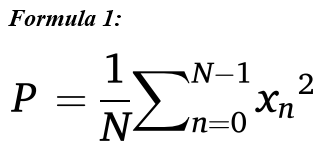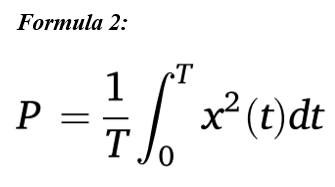Glossary
The extracellular waveform detected from a single muscle fibre as an action potential propagates in both directions away from the neuromuscular junction.
(McManus et al., 2021)The speed at which an action potential propagates or travels along a muscle fibre. A ‘global’ estimate of muscle fibre conduction velocity may be obtained from the time taken for a surface EMG signal to travel between two spatially displaced recording electrodes. Conduction velocity is expressed in m/s or mm/ms with values typically centred around a mean of 3–4 m/s.
(McManus et al., 2021)An M-wave, also known as a compound muscle action potential (CMAP), is an electrical response recorded from a muscle following direct electrical stimulation of a motor nerve or, in some cases, the muscle itself (stimulating the motor axons) (Palmieri et al., 2004). It reflects the synchronous activation of multiple motor units and is recorded using surface EMG. The M-wave is commonly used to assess neuromuscular transmission, peripheral nerve excitability, and to monitor muscle response during reflex or voluntary testing. Note: While a mechanical twitch may accompany the stimulation, the M-wave refers specifically to the electrical potential, not the force output.
(Palmieri et al., 2004)The neural drive to a muscle refers to the net output of all the motoneurons that innervate the muscle. Neural drive is also used in the context of the neural drive to the motoneuron pool, which refers to the net synaptic input to the motoneurons from different areas of the central nervous system.
(McManus et al., 2021)The synaptic connection between an axon terminal of a motoneuron and a skeletal muscle fibre.The neuromuscular junction consists of a presynaptic motor axon terminal, a postsynaptic motor endplate on the muscle fibre and the synaptic cleft between the axon terminal and the motor endplate.
(McManus et al., 2021)Slowly inactivating voltage-sensitive Na and Ca currents that amplify and prolong the synaptic input to neurons. Motoneurons can have strong persistent inward currents, which are dependent on descending monoaminergic drive.
(McManus et al., 2021)The phase of a signal denotes the delay of a periodic signal relative to a reference time point. As the value of a sinusoidal signal at any point in time is based on circular motion, the phase of a signal is expressed as an angle (start of one period = 0 degrees or 0 rad, end of one period = 360 degrees or 2π radians). The term ‘phase’ is also used in a different context to refer to regions of an action potential waveform where it deviates in either positive or negative direction.Phase difference is a measure of relative delay between two signals of the same frequency, as shown in Figure 1 of the paper attached below.
(McManus et al., 2021)Unwanted fluctuations in voltage generated by alternating 50/ 60 Hz voltage in power lines and electrical wiring, which can contaminate or interfere with the detected EMG signal.Power line interference may also be present at higher harmonics of the 50/60 Hz AC frequency (50 – 100-150…etc. Hz or 60–120-180 etc. Hz). The magnitude of power line interference can be reduced by minimizing any difference in the electrode-tissue impedance between the two EMG amplifier input terminals through adequate skin preparation, by choosing an amplifier with a high input impedance and by moving subject and equipment away from power cables.
(McManus et al., 2021)The average power P, in a discrete-time signal x, is defined as the mean of the squares of its sample values, as described in Formula 1. N is the total number of samples in the signal and xn is the value of the nth sample within the signal. The equation for P can also be expressed in continuous time, as expressed in Formula 2, where T is the length of the signal in seconds.
(McManus et al., 2021)

Distribution of the power contained within a signal at different frequencies. The power spectral density of an EMG signal has the units Volt squared per Hertz (V2/Hz). Related terms: Fourier transform, frequency. The integral of the power spectral density of a signal’s Fourier transform is equal to the total power of the signal.
(McManus et al., 2021)We value your feedback
Let us know how helpful you found the recommendations above and how we can improve: